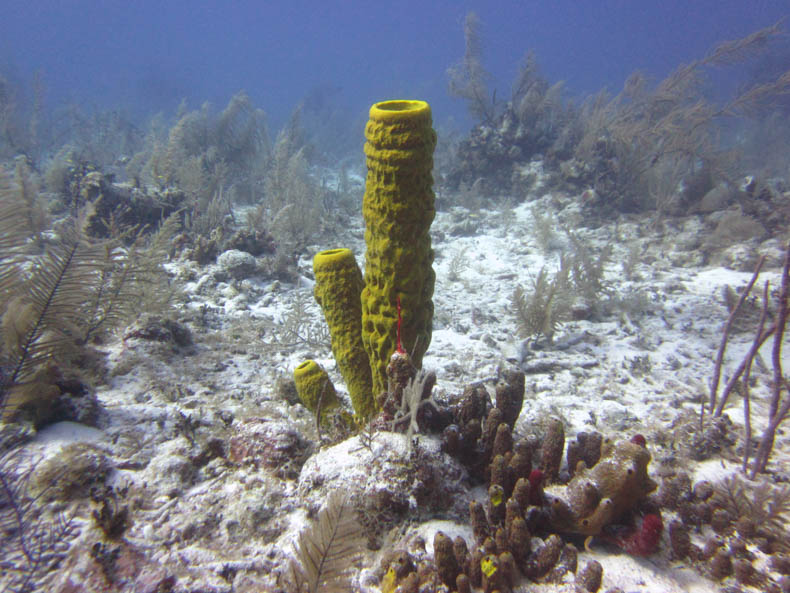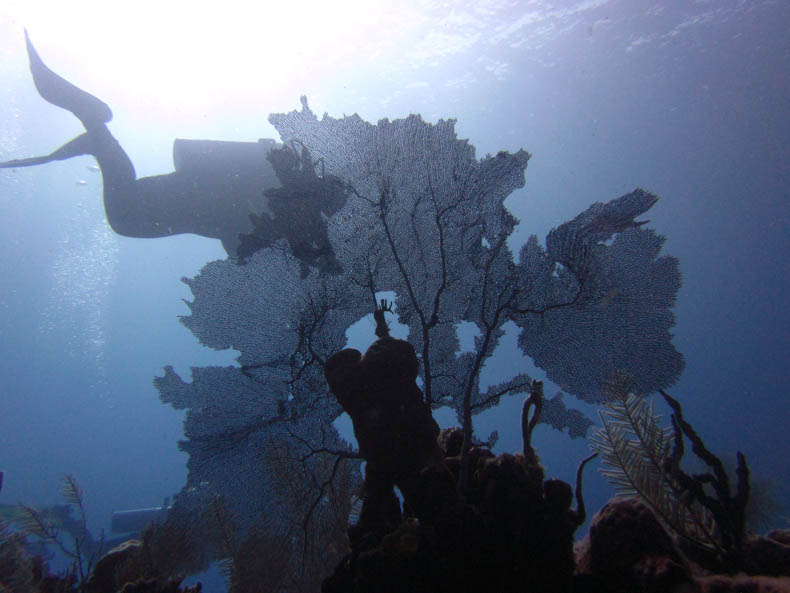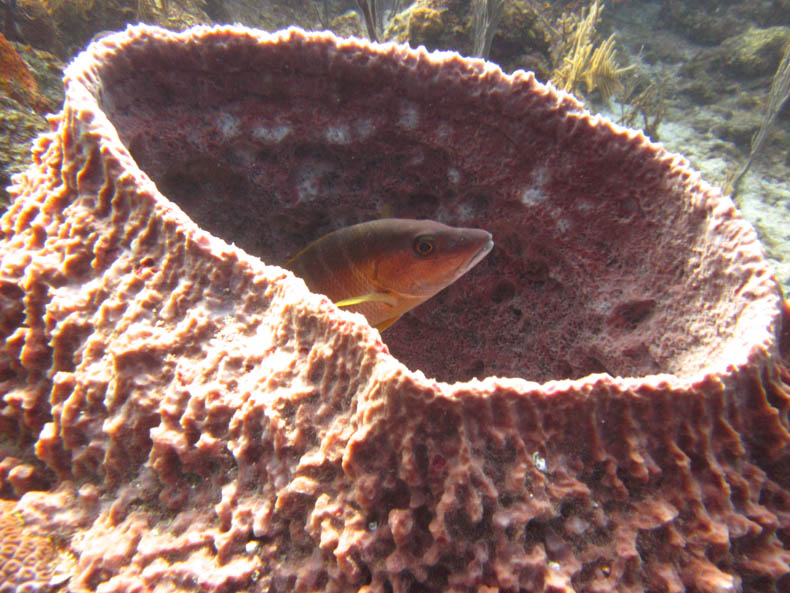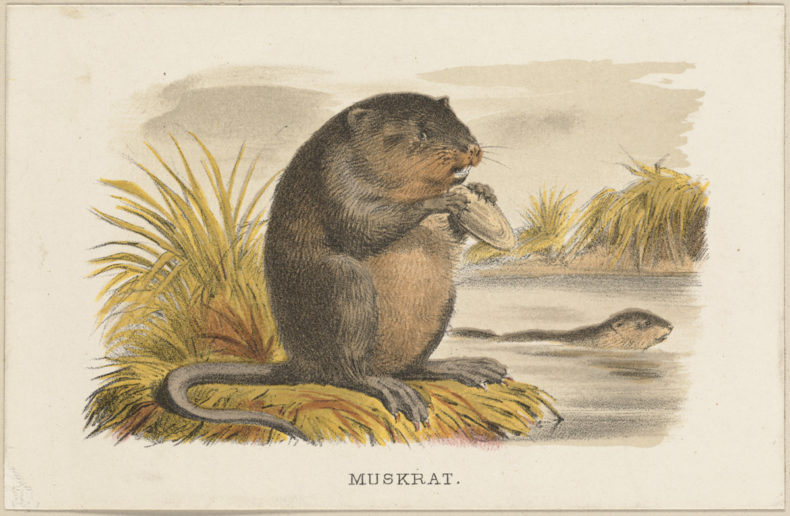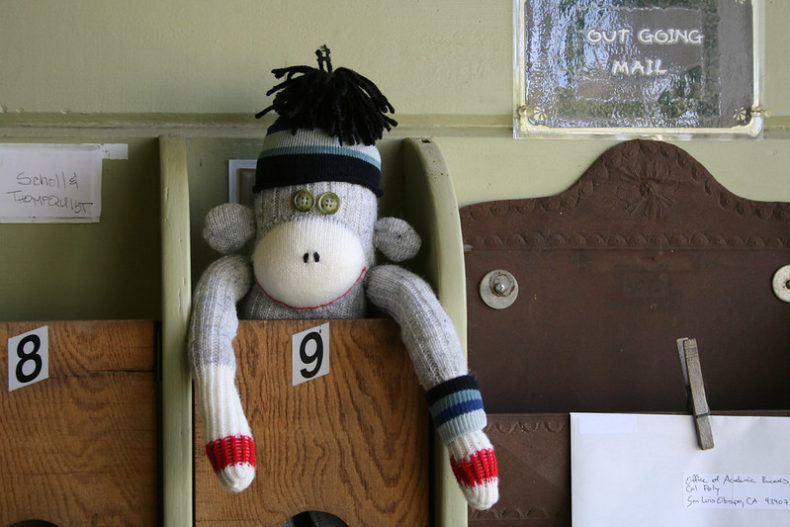In the early 1930s, Britain found itself at war. The “invading armies” were “vicious (and) destructive,” threatened “man’s dominion of the earth,” and seemed capable of propagating at almost supernatural speeds. Politicians denounced the assailants in the House of Commons and the House of Lords. Scientists, called in to manage the unfolding debacle, prophesied utter devastation. “No limits other than the coasts can now be put with certainty to the infested area,” lamented one observer.
And what was the vile alien hellbent on conquering the British Isles? As the environmental historian Peter Coates reports in a delightful recent paper, it was that most ferocious, indefatigable, calamitous of beasts: the North American muskrat.
Muskrats — stout semiaquatic rodents, the size of teacup poodles, that excavate burrows, build lodges, and mark territories with their namesake scent — had been introduced to Britain in the late 1920s to provide cannon fodder for the fur industry. Although initially confined in a 60-acre pool behind mesh fencing, the critters (which aren’t actually rats) didn’t much tolerate captivity, and quickly gnawed their way to freedom. Soon wild ‘skrats were roaming Shropshire and Sussex, burrowing into canal walls and streambanks, and reproducing like, well, rodents.
Commence public freak-out: The invaders, zoologists and journalists predicted, would undermine railroads, breach dams, destroy flood defenses, transmit diseases, and just generally smear the weird gross stink of America around the bucolic British countryside. Back in their native environs, scientists averred, they’d been constrained by carnivores and cold weather. By contrast, Britain’s mild climate and predator-free landscapes would create a perfect Petri dish. There were thousands at large; no, hundreds of thousands; no a million. The rodents, Coates writes, had been “reborn through self-release, producing an unpredicted, unsanctioned beastly place widely characterized as “muskrat country.”
Continue reading →

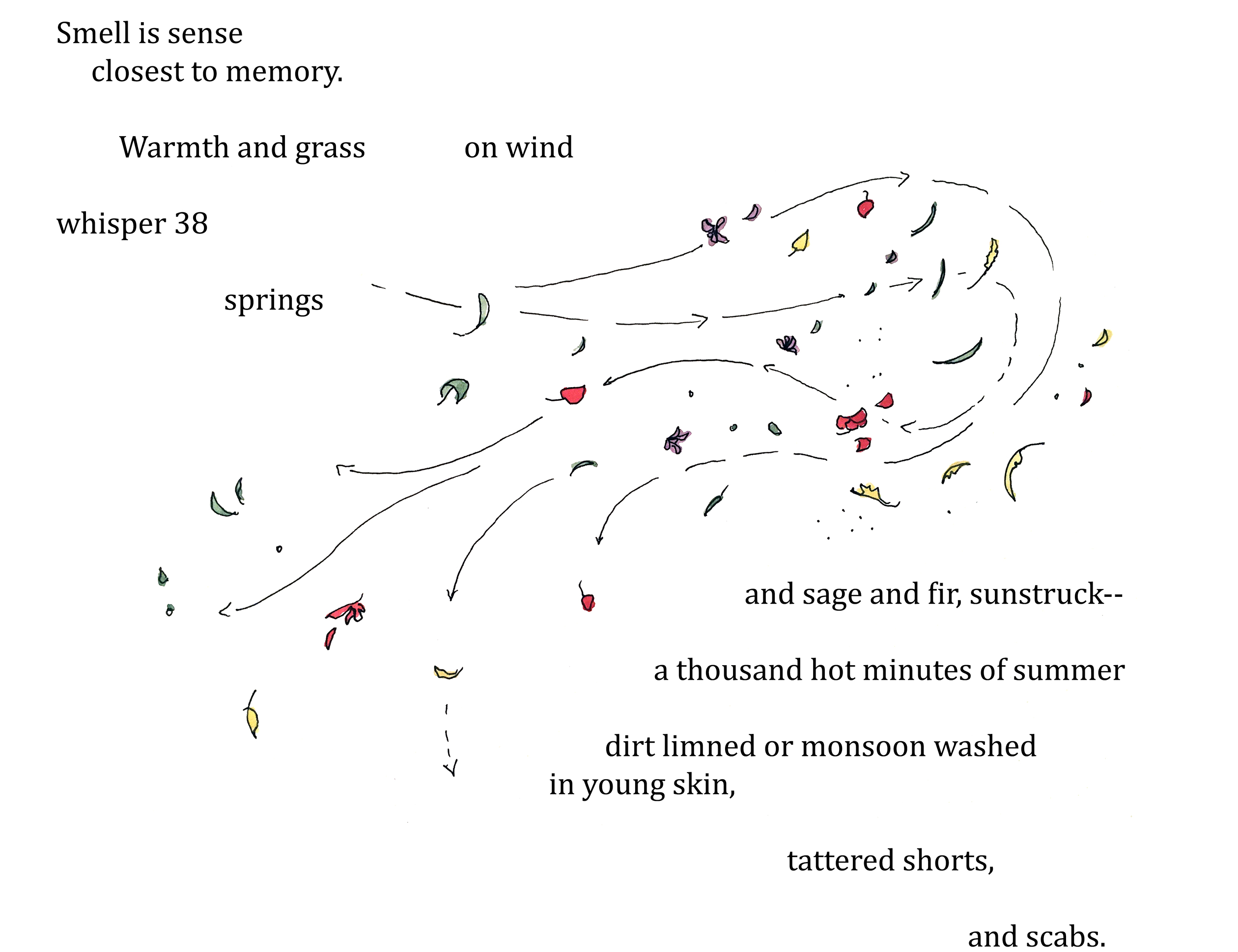
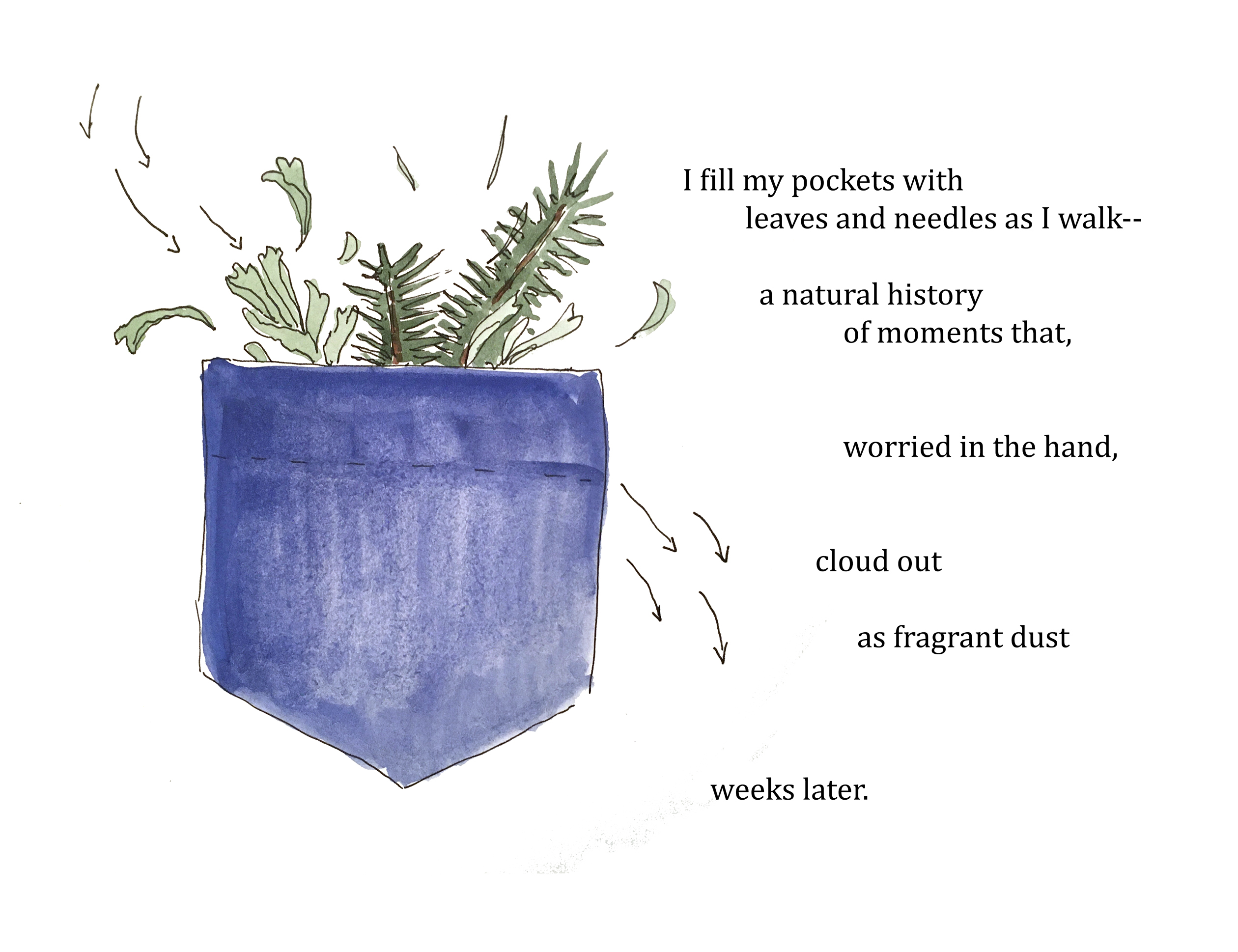

 Q: Can neutrinos travel faster than light?
Q: Can neutrinos travel faster than light?